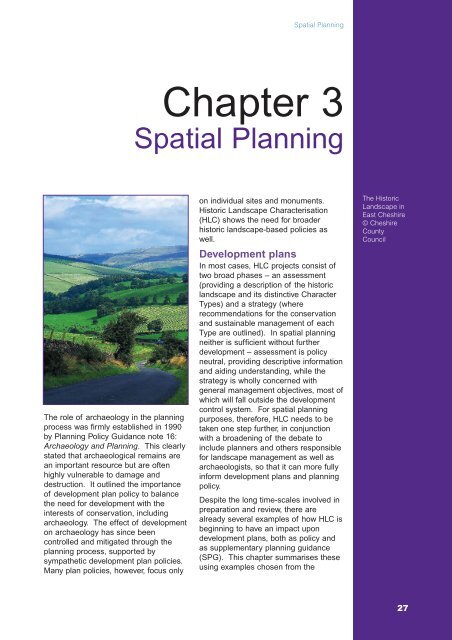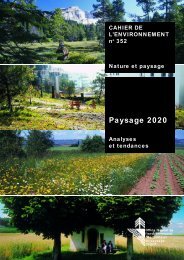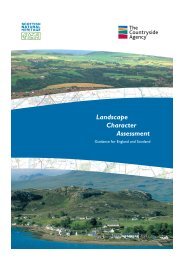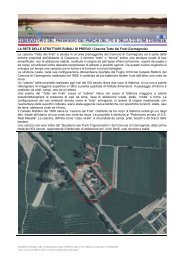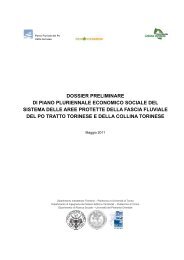Using Historic Landscape Characterisation
Using Historic Landscape Characterisation
Using Historic Landscape Characterisation
You also want an ePaper? Increase the reach of your titles
YUMPU automatically turns print PDFs into web optimized ePapers that Google loves.
Spatial Planning<br />
Chapter 3<br />
Spatial Planning<br />
The role of archaeology in the planning<br />
process was firmly established in 1990<br />
by Planning Policy Guidance note 16:<br />
Archaeology and Planning. This clearly<br />
stated that archaeological remains are<br />
an important resource but are often<br />
highly vulnerable to damage and<br />
destruction. It outlined the importance<br />
of development plan policy to balance<br />
the need for development with the<br />
interests of conservation, including<br />
archaeology. The effect of development<br />
on archaeology has since been<br />
controlled and mitigated through the<br />
planning process, supported by<br />
sympathetic development plan policies.<br />
Many plan policies, however, focus only<br />
on individual sites and monuments.<br />
<strong>Historic</strong> <strong>Landscape</strong> <strong>Characterisation</strong><br />
(HLC) shows the need for broader<br />
historic landscape-based policies as<br />
well.<br />
Development plans<br />
In most cases, HLC projects consist of<br />
two broad phases – an assessment<br />
(providing a description of the historic<br />
landscape and its distinctive Character<br />
Types) and a strategy (where<br />
recommendations for the conservation<br />
and sustainable management of each<br />
Type are outlined). In spatial planning<br />
neither is sufficient without further<br />
development – assessment is policy<br />
neutral, providing descriptive information<br />
and aiding understanding, while the<br />
strategy is wholly concerned with<br />
general management objectives, most of<br />
which will fall outside the development<br />
control system. For spatial planning<br />
purposes, therefore, HLC needs to be<br />
taken one step further, in conjunction<br />
with a broadening of the debate to<br />
include planners and others responsible<br />
for landscape management as well as<br />
archaeologists, so that it can more fully<br />
inform development plans and planning<br />
policy.<br />
Despite the long time-scales involved in<br />
preparation and review, there are<br />
already several examples of how HLC is<br />
beginning to have an impact upon<br />
development plans, both as policy and<br />
as supplementary planning guidance<br />
(SPG). This chapter summarises these<br />
using examples chosen from the<br />
The <strong>Historic</strong><br />
<strong>Landscape</strong> in<br />
East Cheshire<br />
© Cheshire<br />
County<br />
Council<br />
27


